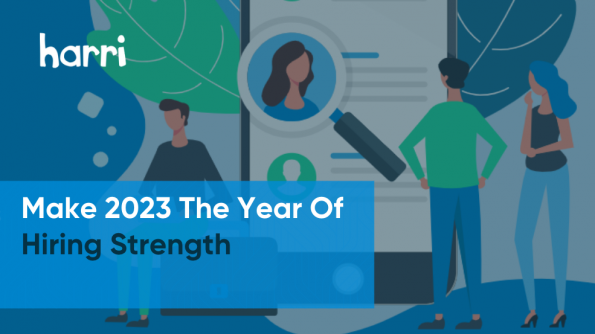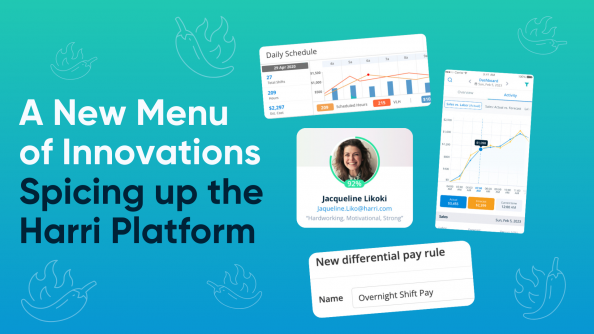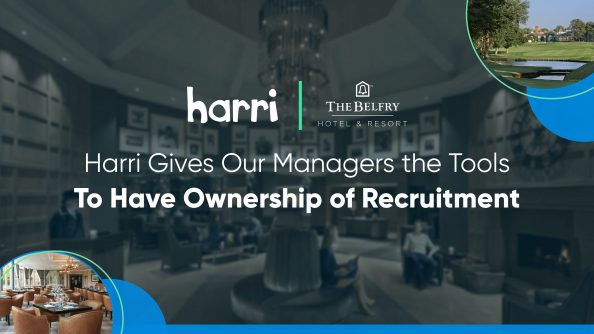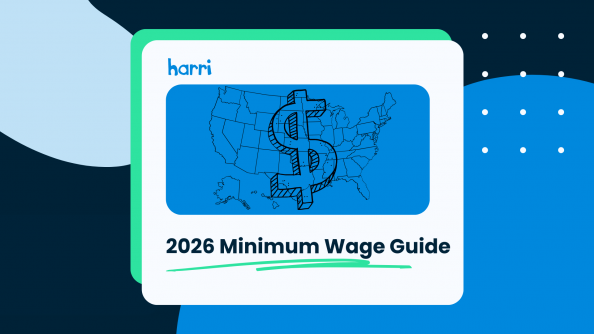Empower New Hires: Starting Off Right with Seamless Onboarding
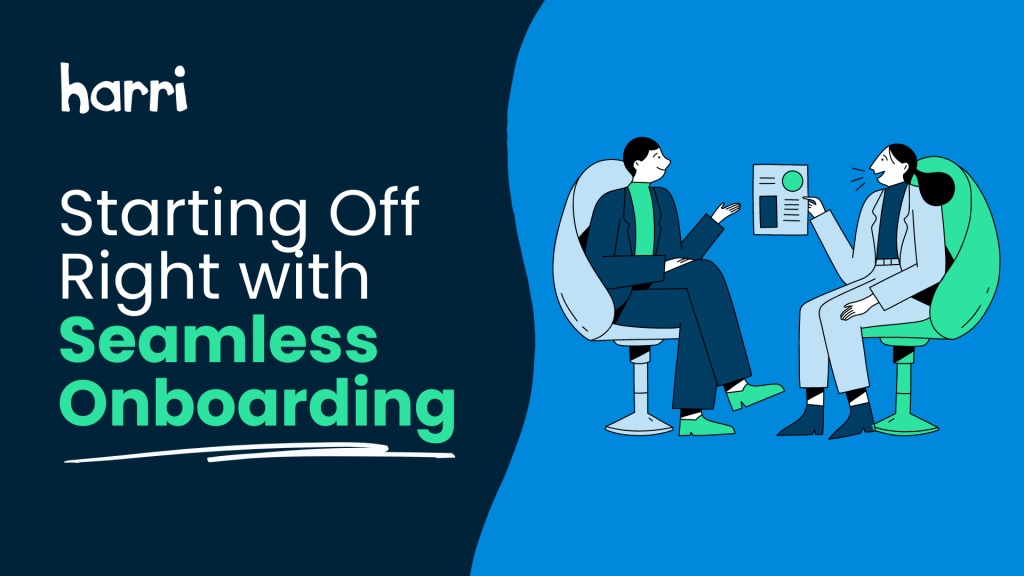
- By Harri Insider Team | August 21, 2024
Onboarding goes far beyond paperwork; it’s the foundation for a successful employee journey. By giving an employee a great start, it sets them up for success and gives them the best impression of the business they are entering. Most importantly, an amazing onboarding experience could be the difference between a new hire staying for 3 days or 3 years – so make sure you have all the tools you need.
Preboarding: Setting The Stage For Success
Early Engagement
The best start you can give a new hire is by communicating with them before they even walk through the door. Just as a new employee is joining the team, sending a welcome email with some crucial details will go a long way in making the new employee feel ready to hit the ground running. A relaxed employee is a happy employee – and if they feel they are prepared for their first day, you’ll get the best out of them from day one.
Provide Critical Documents Digitally
Ensure your new hires have all the documents and materials that they need to succeed in their new role. Whether it’s signing off on an employee handbook or filling out a form to get their new uniform, you can make it easy for them to stay informed and organized with digital access to all essential documents. No more lost paperwork or delays in obtaining crucial information.
Preparing the Team
For a new starter, joining a team can be daunting. It’s good practice to prepare your employees and introduce the new starter before they begin, so your team can reach out to them once they have started and introduce themselves once they are in the workplace. This can help make newcomers feel at home immediately and hopefully foster an immediate connection between coworkers.

First-Day Experience
Warm Welcome
There may not be an opportunity to have a full, in person meeting. But a message on a message board, or even better, on an employee engagement tool such as Engage, can give the opportunity for the new starter to say hello and start to get to know their coworkers. Ensure they understand their points of contact, such as a line manager or team leader, so they have a familiar face to recognise and a place to ask any questions.
It also is important to set expectations and lay out the new starter’s roles and responsibilities, without overwhelming them. Does the person need to wear a certain type of shoes, or are there rules about taking time in the break room? It may seem simple, but laying out rules of housekeeping and giving clarity means your new employee won’t trip up in their first few days.
Mentorship Programs
Having the new employee set up a mentor or a buddy to walk them through the first steps in the new company can be useful. This can be a very crucial role, especially in the initial stage of employment where new employees may not know many of their colleagues – but if they know they have a person that they can ask questions they are less likely to feel unclear or uncomfortable in what can be a stressful time for people.

Ongoing Support: Relationship Management as A Foundation for Relationship Development
Open Communication and Continuous Feedback
Ensuring new employees’ views are being addressed quickly helps to foster a healthy relationship between you and a new employee. Additionally, feedback that is frequently given assists new hires in self-assessing and recognizing where they stand in addition to the skills they are yet to master. As a result, the employers can foster openness and create an atmosphere in which the new employees will be encouraged to perform at their best.
Training and Development
Employers should always consider opportunities for the employees’ skill development and career advancement.
By setting up new starters with buddies who have more experience in the business, it gives them to chance to show the new employees the potential in their role.
Promoting Work-Life Balance
Work-life balance isn’t just a nice to have for new employees – it is being proved to be seen as essential by new starters, especially if they are Gen Z. For hospitality employees, a good work-life balance can look like ensuring that once they go home, they’re not still receiving messages about work and they get the rest and time away from work that they deserve.
This also ties into ensuring that employees have the autonomy they need to work they hours they can, while protecting the hours that they can’t.
A proper onboarding process is a useful weapon against turnover and can help employers save high-potential performers. Building on each stage of the onboarding process ensures employees’ commitment and engagement in the organization and optimizes productivity.











